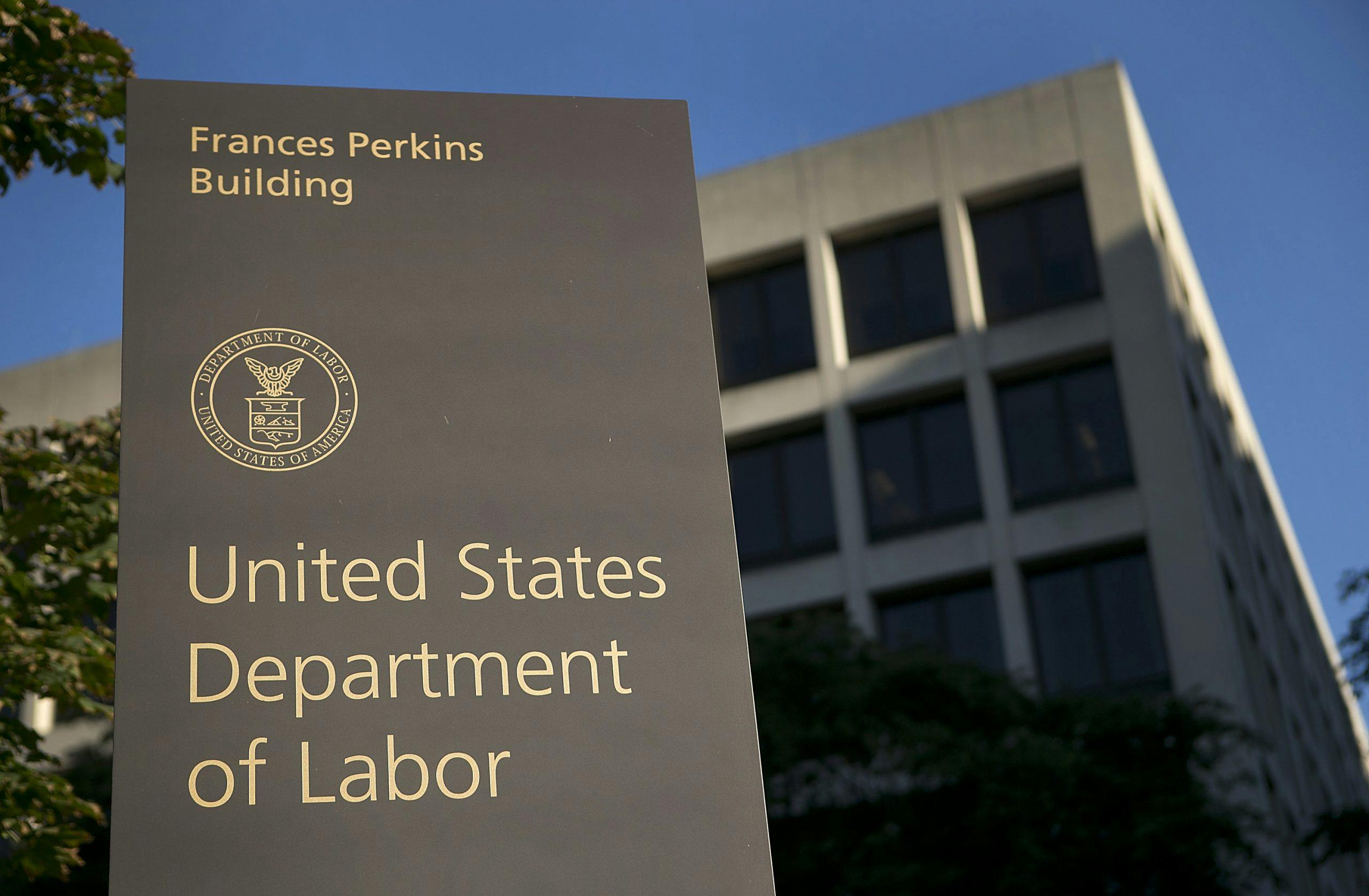The Department of Labor this morning announced it was pulling back from two Obama-era policies regarding the classification of independent contractors and joint employer liability.
The three sentence DOL statement simply said two guidance letters issued in 2015 and 2016 were being withdrawn. It clearly signaled the department would revert to its prior policies, saying the removal of the previous interpretations “does not change the legal responsibilities of employers under the Fair Labor Standards Act and the Migrant and Seasonal Agricultural Worker Protection Act, as reflected in the department’s long-standing regulations and case law.”
Independent contractor classification
The 2015 guidance (Google’s cached page) on worker classification narrowed the definition of independent contractor, modifying the test from control over the work to an “economic realities” test. It took the position that “most workers are employees under the FLSA’s broad definitions.”
In the past, the Department’s Wage and Hour Division looked at how much control an employer exercised over the worker. The more control an employer had — setting hours, directing how and often where the work was to be done, and other similar matter — the more likely the worker would be considered an employee, and thus entitled to protection under the Fair Labor and Standards Act.
The 2015 interpretation said the Division would now look at 6 economic factors to decide a worker’s status. All of these revolved around how economically dependent the worker was on the employer.
Guidance letters don’t have the force of law, though courts tend to defer to the Administration’s interpretation.
Joint employer liability
This controversial re-interpretation of joint employment (Google’s cached page) in 2016 raised objections from a broad range of employers among them farm contractors, staffing agencies and franchise operators. The guidance expanded the likelihood two employers may be found to be jointly liable for wage and hour compliance. The hours worked for all joint employers would be aggregated for the purposes of determining overtime and compliance with other FLSA rules.
Two standards came into play: one for horizontal employment and a second vertical standard. The former occurs when two separate employers are associated and a worker is employed by both. This might occur when an employee works at two separate restaurants which have a common management — franchisors, for example, with multiple separate locations.
The vertical standard applies to staffing and contractor employment. In these cases a worker may be the employee of an agency, but is dependent on the employer where the work is done.
NLRB rules still in effect
Rescinding the interpretations loosens the wage and hour compliance for both joint employer liability and independent contractor classification by returning to a “direct control” standard. However it doesn’t affect nearly identical approaches taken by the National Labor Relations Board.
The NLRB is independent of the Department of Labor. It has no authority to enforce wage and hour laws, but its reach is even broader, extending to protecting workers engaged in “concerted action” such as labor organizing and working conditions.
Thus, in a statement about rescinding the joint liability guidance, Matt Haller, vice president of public affairs for the International Franchise Association, said the organization was “pleased the DOL is taking first steps to undue this costly regulation.”
“That being said, we urge Congress to now recognize the uncertainty and unreasonable costs the NLRB’s decision has placed on franchise owners and take action to find a true permanent solution.”
